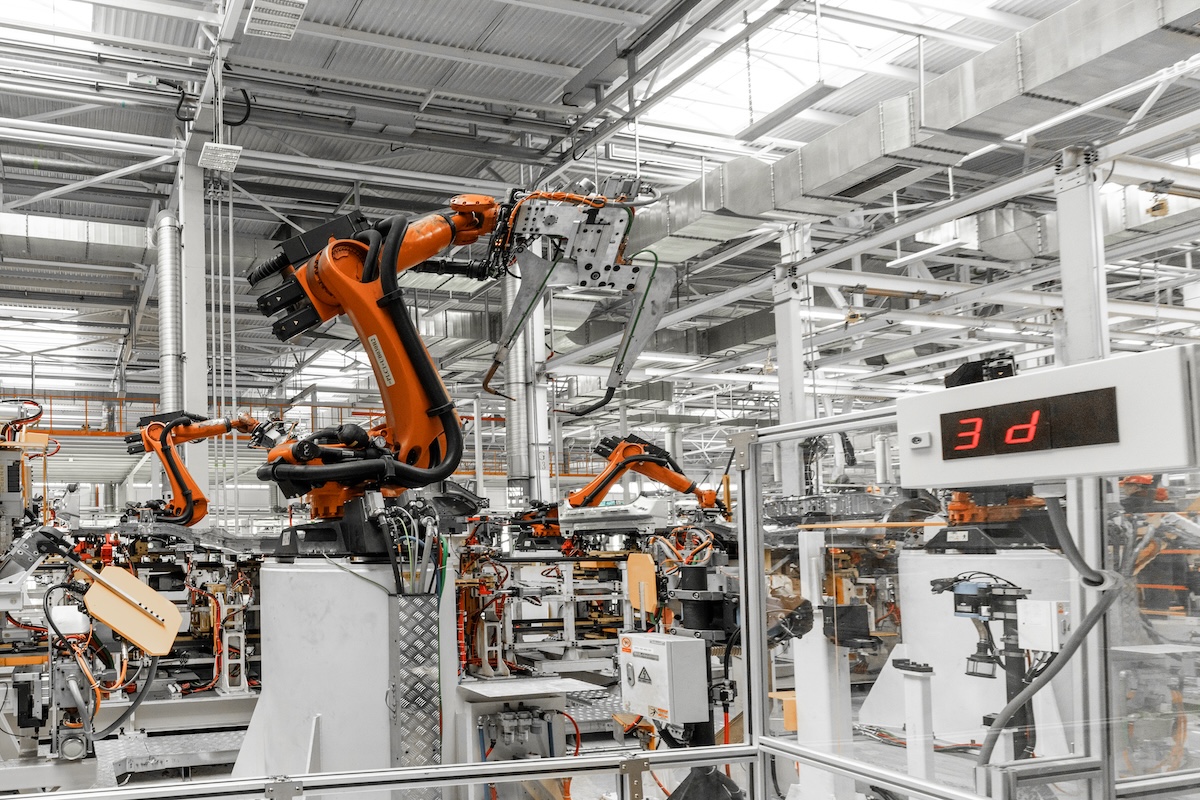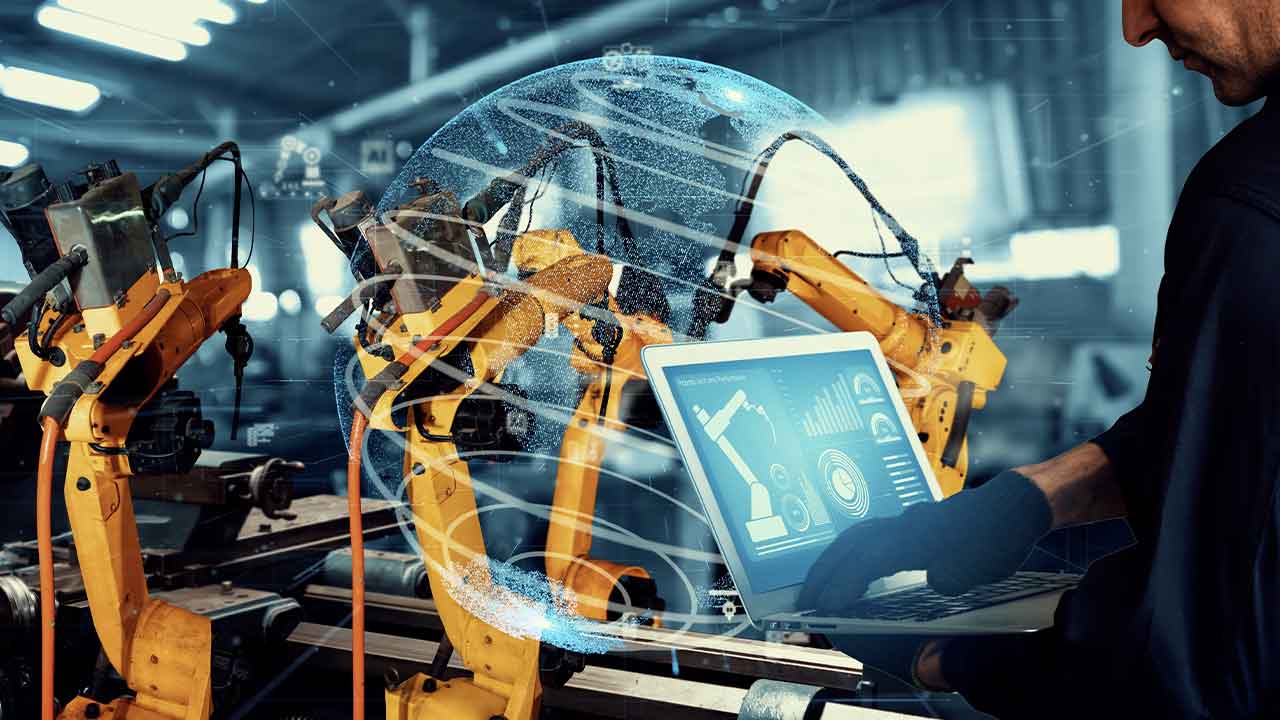2025 Smart Manufacturing Outlook: Key Trends Shaping the Future of the Industry
As we look ahead to the future of manufacturing, Deloitte’s 2025 Smart Manufacturing Outlook highlights several critical trends that will significantly shape the sector in the coming year. Manufacturers are entering an era of transformation, with technological advancements and shifting workforce dynamics paving the way for a new chapter. Let’s explore the key trends expected to take hold in 2025.
- From Proofs of Concept to Scaled Solutions: GenAI Investments Heat Up
In 2024, manufacturers were focused on testing Generative AI (GenAI) scenarios. However, as we move into 2025, the C-suite is pushing for more concrete, value-driven applications of GenAI. Instead of ongoing trials, manufacturers are ready to scale up their GenAI investments with real-world applications that deliver measurable benefits. The focus will shift toward routine uses like maintenance and repair while exploring more complex areas, such as product development and design. However, as AI governance and ethical challenges evolve, manufacturers will continue to adjust their strategies for maximum impact.
- The Gen-Z Era of Manufacturing: Bridging Generational Gaps
As manufacturing continues its evolution, Generation Z is stepping into the workforce, bringing fresh perspectives and expectations. Often viewing the industry as outdated, Gen-Z craves more from their careers than traditional roles. Manufacturers will need to adapt to these changes, shifting from a loyalty-based culture to one that focuses on career development, technology integration, and flexible operations. To retain talent, companies will need to invest in smart technologies that streamline operations, improve training, and simplify daily tasks. This approach will help bridge the generational divide and keep manufacturing thriving.
- The Software Revolution: Transforming Manufacturing Processes
Software is set to revolutionize manufacturing, much like it has in the automotive sector. In 2025, manufacturers will rethink and redesign production lines to embrace software-driven processes such as automation and robotics. This shift will be most apparent in greenfield projects in the U.S., particularly with the influence of the CHIPS Act, which is encouraging manufacturers to relocate operations closer to home. By adopting more flexible and agile software solutions, manufacturers can improve operational efficiency and stay competitive in a rapidly evolving landscape.
- Tech Wellness: The Foundation for Smart Manufacturing Innovation
As the industry continues to pursue smart manufacturing goals, revisiting two essential pillars is crucial: industrial data and manufacturing execution systems (MES). Despite their less glamorous nature, these technologies are the backbone of scaling new innovations. Many organizations still struggle with fragmented data management and MES systems, leaving them digitally unprepared. In 2025, manufacturers will need a cohesive technology strategy that integrates these components to effectively leverage new technologies like AI, GenAI, and digital simulations. This foundational approach will drive efficiency and turn innovative ideas into actionable, scalable results.
- Simulation for Success: Optimizing Manufacturing Operations
Simulation technologies are poised to become even more integral to manufacturing in the next 12 months. With the rise of AI, potential business disruptions, and the need to control costs, digital simulation will provide invaluable advantages. It enhances employee training, improves safety, boosts efficiency, and optimizes operations through process and business simulation scenarios. However, scaling these technologies can be challenging. Manufacturers that invest in digital foundations for smart operations and target high-ROI use cases will reap the benefits. Applications such as AI-driven production line simulations, process simulations, and business scenario simulations are expected to have a significant impact on manufacturing efficiency and innovation in 2025.
Who Should Read This Outlook and Why?
Manufacturers and Industry Leaders:
This outlook is essential for manufacturers aiming to stay ahead of the curve. With rapid technological advancements, adapting to new trends like GenAI, simulation, and software-driven manufacturing is crucial to maintaining competitive advantage.
Operations and Technology Managers:
For those in charge of operational and IT strategy, this report offers practical insights into how to modernize legacy systems, invest in software solutions, and build scalable, secure digital infrastructures.
Human Resources and Talent Managers:
As Gen-Z enters the workforce, HR professionals need to understand how to bridge generational gaps and attract top talent by integrating modern technologies and offering meaningful career development opportunities.
Cybersecurity Professionals:
For those involved in securing OT networks, understanding the role of emerging technologies like AI-driven threat detection and anomaly monitoring will be critical for maintaining a secure manufacturing environment.
In conclusion, the 2025 Smart Manufacturing Outlook provides a roadmap for navigating a rapidly evolving industry. By embracing technological advancements and addressing generational shifts in the workforce, manufacturers can pave the way for a more agile, innovative, and resilient future.
Related articles:
- Driving Quality Control Excellence with MOM Integration
- How AI-Powered Industrial Agents are Transforming Manufacturing Efficiency



